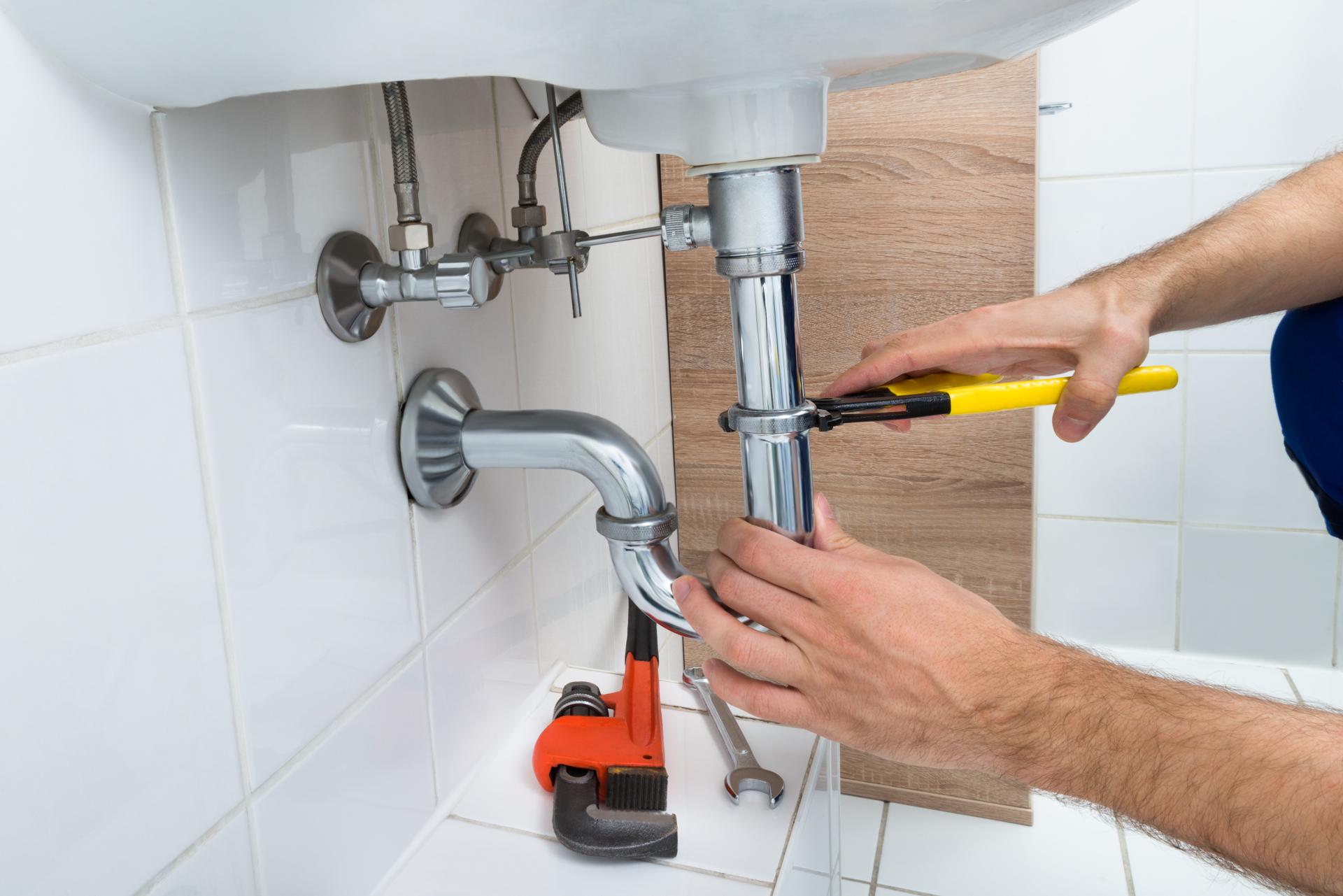How to Tell When it's Time to Replace Your Plumbing and What to Expect

Plumbing is an essential part of every home that provides us with clean water to drink, cook and for cleaning, as well in the process of disposing of wastewater. Like any other appliance in your home plumbing is prone to wear out and require replacement.
Understanding when it’s time to upgrade your plumbing vital to prevent costly repairs and avoid potential health risks. In this article, we’ll go over the signs that indicate your plumbing needs to be replaced, what you should consider before replacing your plumbing, the plumbing replacement process, the benefits in replacing the plumbing, and a section on FAQs to address any concerns you might have.
There are signs that it’s time to replace your plumbing
There are a variety of indications that your plumbing needs to be repaired, such as leaks When you notice water spots or puddles in your home, it’s likely to be a indication of a leak in your plumbing. Leaks can cause significant structural damage to your home and can lead to the growth of mold, so it’s essential to take action immediately. Rusty pipes: Rusty pipes are an obvious sign that your plumbing is in need of be repaired or replaced. Rust could contaminate the water you drink, making it unsafe to drink or cook with. Low pressure in the water: If your showerheads and faucets produce weak flow of water It’s an indication of low pressure water and could be due to corroded pipes or blockages. Water discoloration: Discolored water like yellow or brown, could be a sign of sediment or rust buildup in your pipes. It can alter the taste and quality of your water and may suggest the need for plumbing replacement.
Factors to Consider Before Replacing Plumbing
Before replacing your plumbing, there are many things to think about, including the age of your plumbing: Plumbing systems have a lifespan of approximately 50 years, so should your home be more than this, then it’s probably to be time to replace it. Cost of replacement replacing your plumbing could be expensive, so it is important to plan for this expense. Severity of plumbing problems: If your plumbing issues are severe and affecting multiple areas of your house, replacement may be the best option.
What to Expect During the Plumbing Replacement Process
The replacement of plumbing requires many steps, such as closing off the water supply: Your plumber will need to shut off the water supply to your home to prevent any leaks or water damage. Removal of old pipes The old pipes will have to be removed, which may require cutting through walls or floors. Installing new pipes New pipes are installed, and may require rerouting in order to ensure proper water flow. The timeline for the replacement of plumbing will depend on the size of your house and the difficulty of the task. Homeowners can expect some disruption during the project, which could include water shut-offs, and possibly damage to walls and floors.
Benefits of replacing plumbing
Replacing your plumbing offers several benefits, including increased water efficiency: New plumbing fittings and pipes can be more effective, which means reducing your water usage and lowering your utility bills. Better water quality: Replacing older, corroded pipes new ones will enhance the quality of your water, making it safer for drinking and cooking. A lower risk of future plumbing problems: New plumbing is less likely to cause blockages or leaks, thus reducing the requirement for costly repairs in the future.
Conclusion
Removing your plumbing is a significant investment, but it’s essential to ensure the safety of your home and security. When you are aware of the signs that tell you your plumbing is in need replacing, weighing the factors before replacement, and knowing what to anticipate during the replacement process, you will be able to make an informed choice about your home’s plumbing. Be aware that replacing your plumbing can provide a variety of advantages, such as increased efficiency of water, better water quality, and reduced risk of future plumbing problems.
FAQ Section
What is the cost to replace the plumbing?
The cost to replace your plumbing will depend on several factors, including how big your home and the difficulty of the task, as well as the material used. In the average, homeowners can expect to spend between $5,000 and $10,000 for a complete plumbing replacement.
How long will it take to replace plumbing?
The time frame for plumbing replacement will vary based in the area of the home and the complexity of the task. A typical whole-house plumbing replacement could take from two to four weeks.
Should I replace my plumbing if I have a leak?
If you only have one pipe leak system, it may not need a full replacement. If you’re experiencing a lot of leaks or notice other signs of plumbing issues, replacement might be the best solution.
Can I repair my plumbing on my own?
The replacement of your plumbing is a complex task that should be delegated to the expertise of a qualified plumber. Doing it yourself can result in costly errors as well as dangers to your safety.
What type of pipes should I use to replace my plumbing?
There are several types of pipes that are suitable for plumbing replacement, including copper PVC and PEX. Your plumber can suggest the most appropriate type of pipes for your needs and budget. To conclude, changing your pipes is a significant choice that must be taken by taking careful consideration. If you are aware of the indicators that suggest your plumbing requires replacing, considering the elements that influence replacing, and knowing what you can expect during the plumbing replacement process, you can make an informed decision regarding the plumbing in your home. A professional plumber will guide you through the process and guarantee a successful and efficient replacement of your plumbing.
